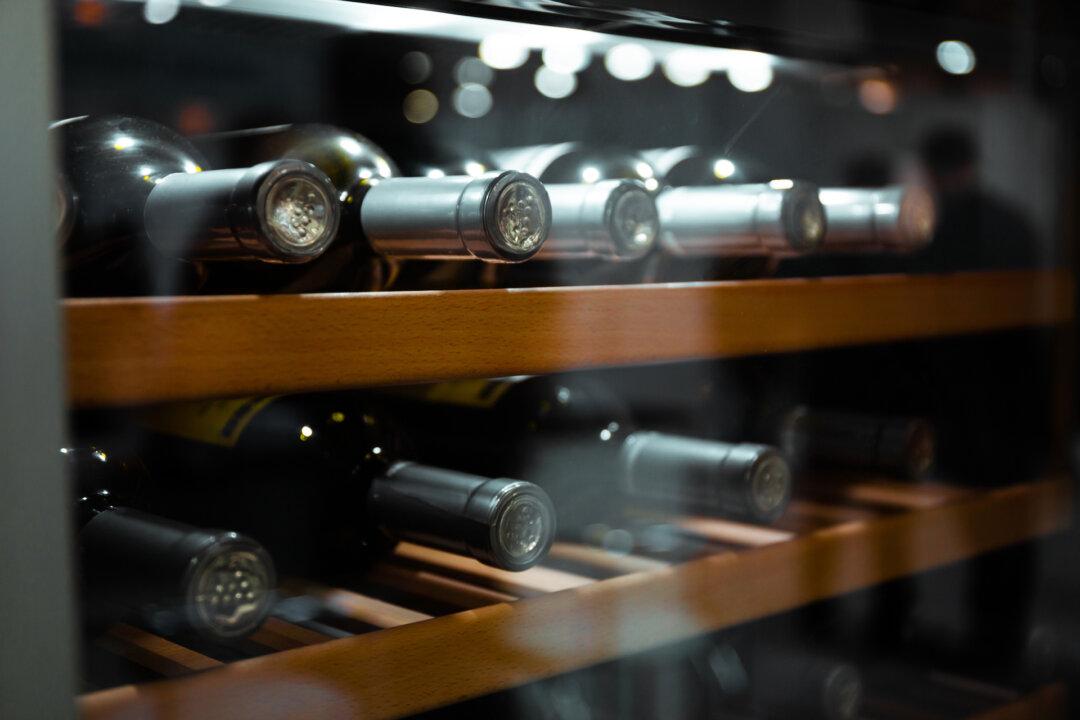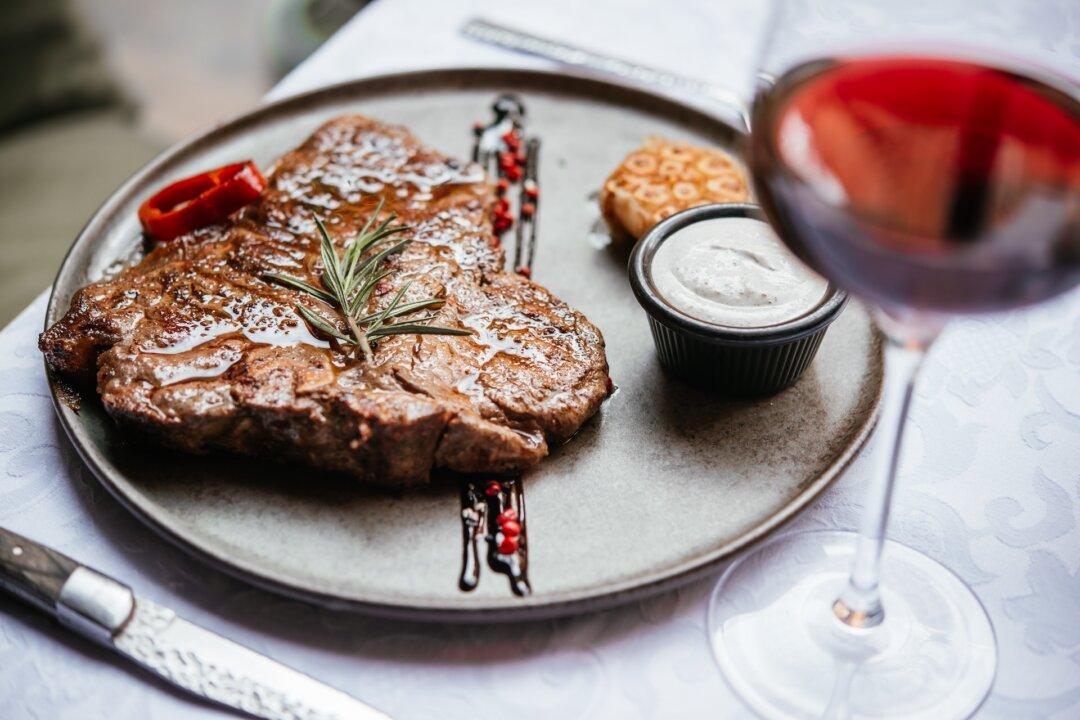A handful of the world’s best wines are made from grape varieties that are rarely blended with anything else, are grown only in a few areas of the world, are notoriously difficult to make, and end up not selling for anywhere near as much money as their strongest supporters believe they should.
Among those few grape varieties that fit this description is riesling, which often displays the locale from which it’s harvested. Best planted in cool or cold regions, it’s a challenger for the title of World’s Greatest Wine Grape.
When you attend any event at which someone has thoughtfully opened a bottle of a great riesling, even one that’s 10 or 20 years old, most in-the-know people are thrilled. It’s rare to experience mature rieslings.

Yet the chardonnay lovers among us can’t figure out why riesling gets such a positive reaction from the cognoscenti. Fact is, most Americans disparage riesling because, decades ago, most of the wines made from it were sweet.
And most people associate sweetness with cheaper wines.
As vice president of the International Riesling Foundation, I admit I’m prejudiced. But I mainly prefer riesling when it’s dry.
The sweeter ones can be fabulous, of course, but the drier ones are sublime.
And there are infinitely more dry rieslings today than ever, partly because today’s younger wine buyers are more sophisticated and know how complex this wine can be.
Despite the fact that there are more dry versions than ever, most rieslings still are too sweet or soft for me—including the many wines that say they’re dry but really aren’t.
This is due partly to winery marketing managers who think to sell a riesling, it has to be at least a little bit sweet. And to achieve this they want wines that have less acidity than they should have (in my opinion), and thus the wines tend to be a bit flabby.
The coldest regions of the United States are home to some of our best riesling vineyards, and that starts for me with upstate New York (Finger Lakes), where many wines are spectacular.
There is also the Lake Erie district, which includes parts of Ohio. And there also are the twin upper peninsulas in Michigan.
One of the places in the world where riesling typically is very dry, or even, some say, austerely dry, is Australia. I’ve been to Australia almost two dozen times, and I simply adore their driest rieslings. But writing about them is tricky because my passion, though shared by some, is hard to put into words.
A decade ago, wine columnist Andrew Jefford of Decanter Magazine in London wrote stellar words about this. I credit his eloquence in borrowing a few of those words:
“I’m fascinated by Australian riesling,” he wrote. “This fine wine (especially wonderful from Western Australia’s Frankland and Porongurup, South Australia’s Clare and Eden Valleys, and Victoria’s Henty) provides the world benchmark for structured dry riesling. I have never come across anything quite like it in Europe or indeed elsewhere in the world.

“Most German dry riesling is fruitier, while the dry rieslings of Alsace and Austria (especially the Wachau) tend to be more richly dry, lacking the divine austerity, which is such a strong part of the appeal of the Australian versions.”
Wine of the Week
2019 Jim Barry Riesling, Clare Valley ($20): The classic Clare Valley style shows off here with lime/grapefruit aroma, hints of florals like chamomile tea and a very dry entry. The wine explodes with riesling character when served with white-fleshed fish like halibut. Occasionally discounted to $16.





